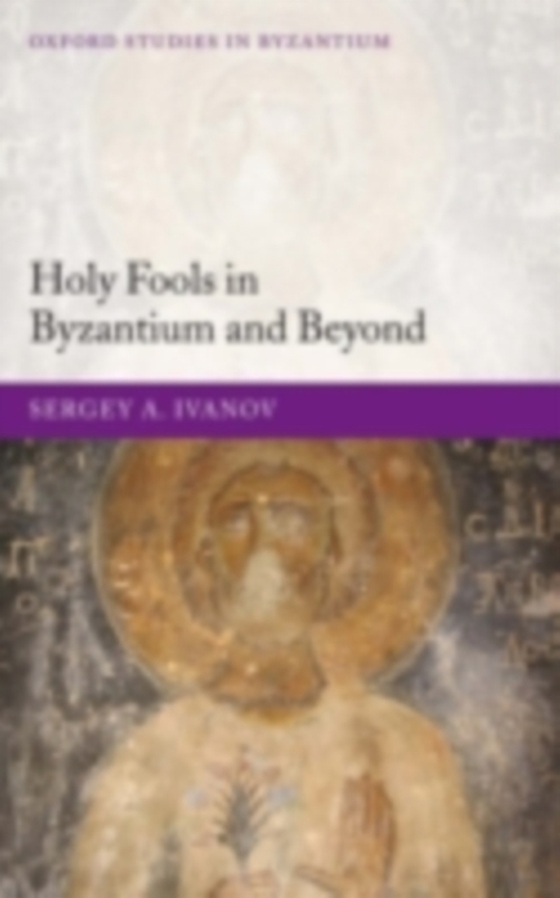
Holy Fools in Byzantium and Beyond e-bog
2190,77 DKK
(inkl. moms 2738,46 DKK)
There are saints in Orthodox Christian culture who overturn the conventional concept of sainthood. Their conduct may be unruly and salacious, they may blaspheme and even kill - yet, mysteriously, those around them treat them with even more reverence. Such saints are called 'holy fools'. In this pioneering study Sergey A. Ivanov examines the phenomenon of holy foolery from a cultural standpoint....
E-bog
2190,77 DKK
Forlag
OUP Oxford
Udgivet
6 april 2006
Genrer
1DVUA
Sprog
English
Format
pdf
Beskyttelse
LCP
ISBN
9780191515149
There are saints in Orthodox Christian culture who overturn the conventional concept of sainthood. Their conduct may be unruly and salacious, they may blaspheme and even kill - yet, mysteriously, those around them treat them with even more reverence. Such saints are called 'holy fools'. In this pioneering study Sergey A. Ivanov examines the phenomenon of holy foolery from a cultural standpoint. He identifies its prerequisites and its development in religious thought,and traces the emergence of the first hagiographic texts describing these paradoxical saints. He describes the beginnings of holy foolery in Egyptian monasteries of the fifth century, followed by its high point in the cities of Byzantium, with an eventual decline in the twelfth to fourteenthcenturies. He also compares the important Russian tradition of holy fools, which in some form has survived to this day.
 Dansk
Dansk

